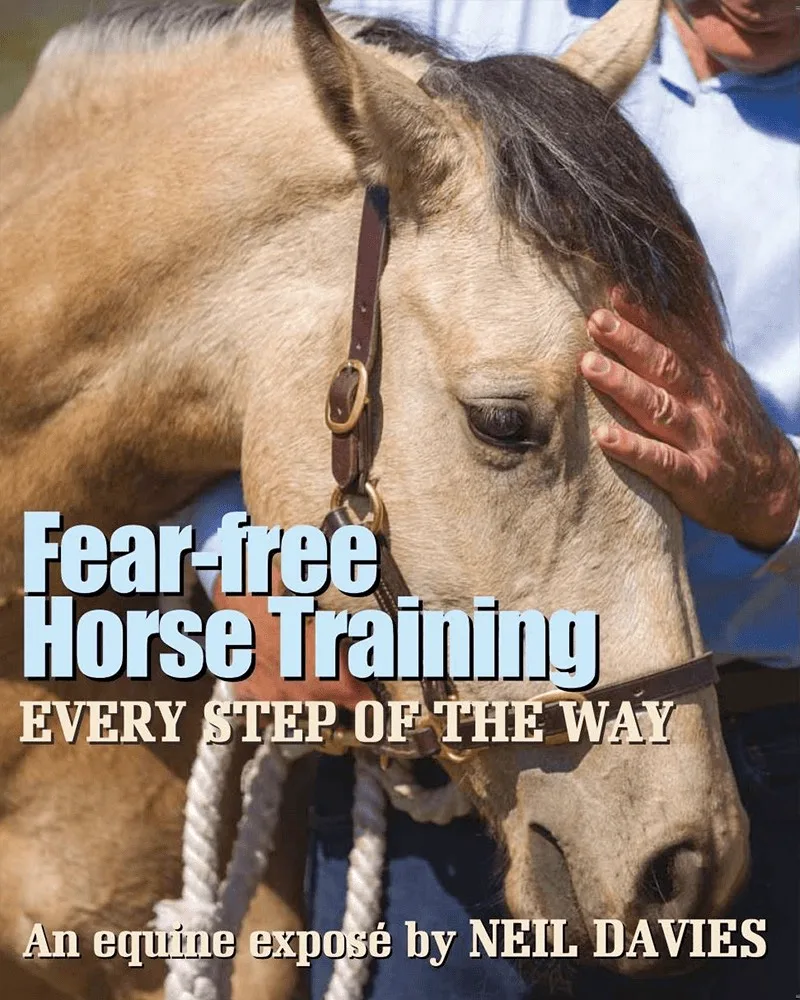One way to communicate with your horse is to apply pleasantness or withdraw pleasantness.
Another way to communicate with your horse is to apply pressure or relieve pressure.
When you think about it realistically, these are the only tools we have and the only tools we need, for every training situation.
When you use these tools, you must be definite and consistent.
Pressure applied to a horse can be likened to a light switch –
it’s either on or off.
You can’t turn your lights half on or half off. When you train your horse, you must work with definite on and off “switches”.
When you apply pressure to a horse, you must always be definite, i.e. the pressure is definitely on or definitely off.
Equally, when you apply pleasantness to a horse, the pleasantness must also be definitely on or definitely off.
Always start with the smallest possible amount of pressure or unpleasantness.
If your horse doesn’t respond, increase the unpleasantness slightly.
If your horse still doesn’t respond, increase the unpleasantness in small increments until you achieve your desired response.
Take the example of lungeing:
I’ve seen plenty of trainers give an almighty jerk on the halter without warning, when they want a horse to change direction.
The trainer starts with the maximum amount of pressure and expects the horse to understand.
The poor horse is taken by surprise and hasn’t a clue why he’s been suddenly jerked so severely.
There’s no warning, no asking the horse to change direction, just an almighty jerk on his head.
This makes no sense to a horse.
See how and why to lunge a horse in my Fear-free Fundamentals Online Clinic.
Here’s another example:
Yesterday, I went with a friend to the local vet and saw a lady trying to load her horse into a horse truck.
The lady tapped the horse’s rump with a lunging whip to move him forward.
When the horse took a couple of steps, she stroked his neck with the whip.
One minute the whip was used to apply pressure, and next minute the whip was used to supposedly apply pleasantness.
The horse was nervous and worried and confused by this treatment.
It made no sense to the horse and it made no sense to me.
Stroking a horse with a whip isn’t definite –
it means that the unpleasant ‘switch’ is continually half on.
A whip must only be used to apply unpleasantness to your horse.
When you wish to apply pleasantness, put your whip to the ground and rub your horse’s head with your hand.
By doing this, you switch off the unpleasantness and switch on the pleasantness and your horse won’t be confused.
Your ‘switches’ will be definitely on or definitely off.
Don’t use a whip to stroke your horse.
You don’t use spurs to stroke your horse’s sides when he performs as you ask because you know it would upset and confuse him.
From a horse’s point of view, it’s just as confusing and upsetting to be stroked with a whip.
You must always be definite and consistent when you train your horse.
Always make sure your ‘switches’ are definitely on or definitely off.
And make sure that the big switch inside your head is turned on whenever you work with your horse.





